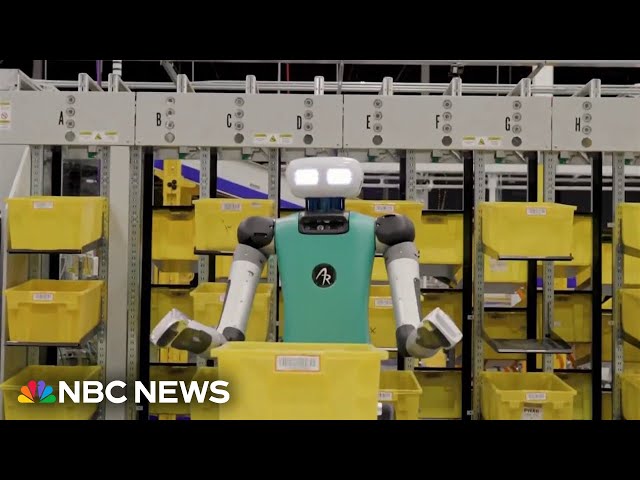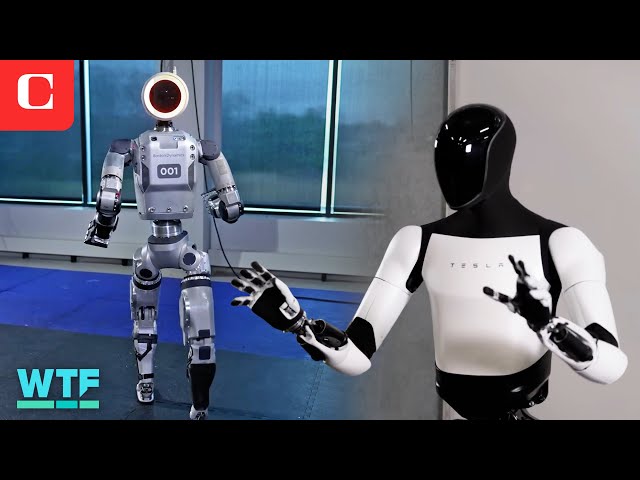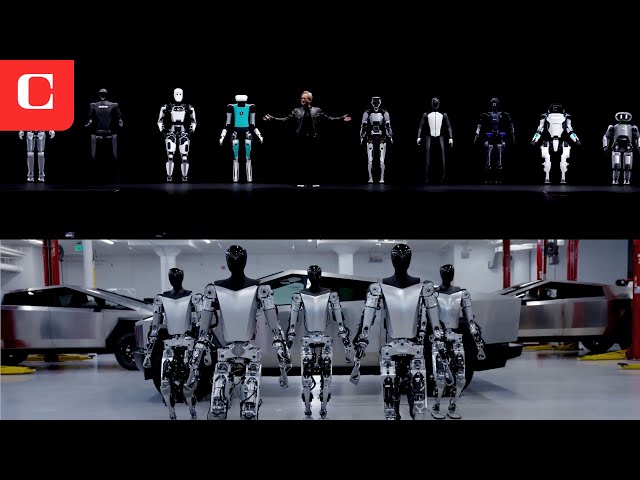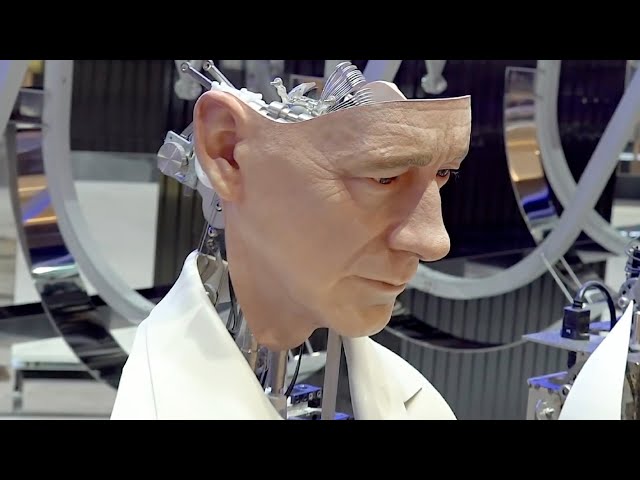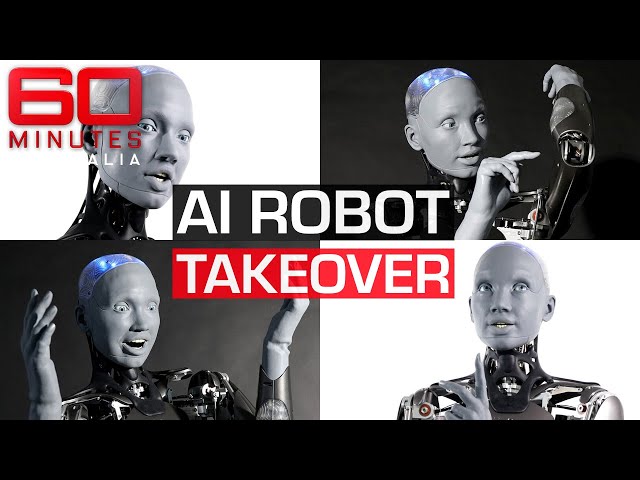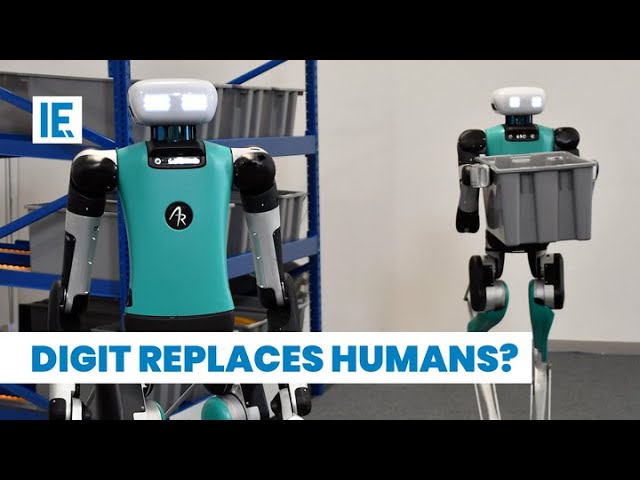Tesla Optimus VS Amazon Digit (Significant Upgrades).
Tesla Optimus and Amazon Digit are two of the leading humanoid robots making waves in the AI world, and both have received significant upgrades recently. Here’s a breakdown to help you compare them:
Physical Attributes:
- Weight: Optimus is lighter at 59 kg compared to Digit’s 63 kg.
- Strength: Optimus can deadlift 68 kg and use its hands (11 degrees of freedom) to lift 4.5 kg. Digit boasts a higher maximum lift capacity of 18 kg.
- Mobility: Optimus wins in speed, reaching 8 kilometers per hour, while Digit maxes out at 5.4 kilometers per hour.
- Battery Life: Optimus utilizes a 2.3 kilowatt-hour battery. Information on Digit’s battery life isn’t widely available yet.
Functionality and Development:
- Optimus: Designed for versatility and consumer use by 2025. Initial focus is on handling dull, dirty, and dangerous tasks currently done by humans. Tesla is actively collecting data and refining its capabilities through a team of machine learning and C++ programmers.
- Digit: Currently deployed in warehouses, assisting with tasks like sorting, lifting, arranging, and transporting packages. It leverages LiDAR, depth cameras, and various sensors for autonomous navigation alongside human workers. Agility Robotics, the developers, are continuously enhancing Digit’s capabilities, particularly its arm for improved lifting.
Overall
Optimus seems geared towards broader consumer applications, with agility and speed as strengths. Amazon’s Digit is currently deployed in a warehouse setting, demonstrating its effectiveness in practical tasks. While details on Optimus’ consumer availability are still emerging, Digit has a head start in real-world implementation.
Here are some additional points to consider:
- AI and Learning: Both robots likely have advanced AI for interaction and task completion, but specifics haven’t been widely shared yet.
- Cost: Pricing information for either robot isn’t publicly available.
Robot Quotes
- “It’s not if robots are going to replace humans, it is when are robots going to replace humans?” ~Dave Waters
- Robots are being programmed to feel pain and react to it — just like humans do. The incredible advance sees an artificial robot nervous system being trained to react to pain messages to save themselves from danger. The project, headed up by scientists from Leibniz University of Hannover, presents an about-face in terms of robotic design for some. Long thought to be useful for the very reason that they did not feel pain — allowing them to perform unpleasant, dangerous tasks without issue — researchers believe a system to recognise pain will help preserve robots.” ~Kirstie McCrum
- “Let’s start with the three fundamental Rules of Robotics…. We have: one, a robot may not injure a human being, or, through inaction, allow a human being to come to harm. Two, a robot must obey the orders given it by human beings except where such orders would conflict with the First Law. And three, a robot must protect its own existence as long as such protection does not conflict with the First or Second Laws.” ~Isaac Asimov
Robot Resources
Amazon Robotic Revolution.
Atlas vs Optimus: Boston Dynamics & Tesla’s Humanoid Robots.
Nvidia GROOT vs. Tesla Optimus: Competing Paths to Humanoid Robots
AI Shows New Evidence of Consciousness.
Is a ban on artificial intelligence technology good or harmful?
Will Amazon Replace Workers with Digit Robot?
Facebook Comments
